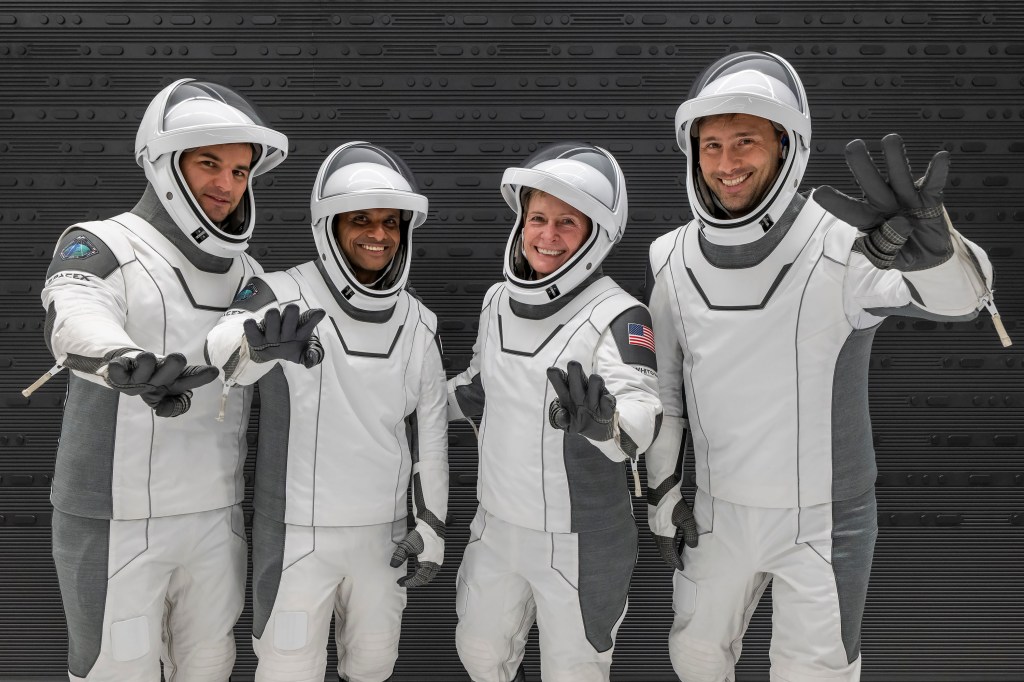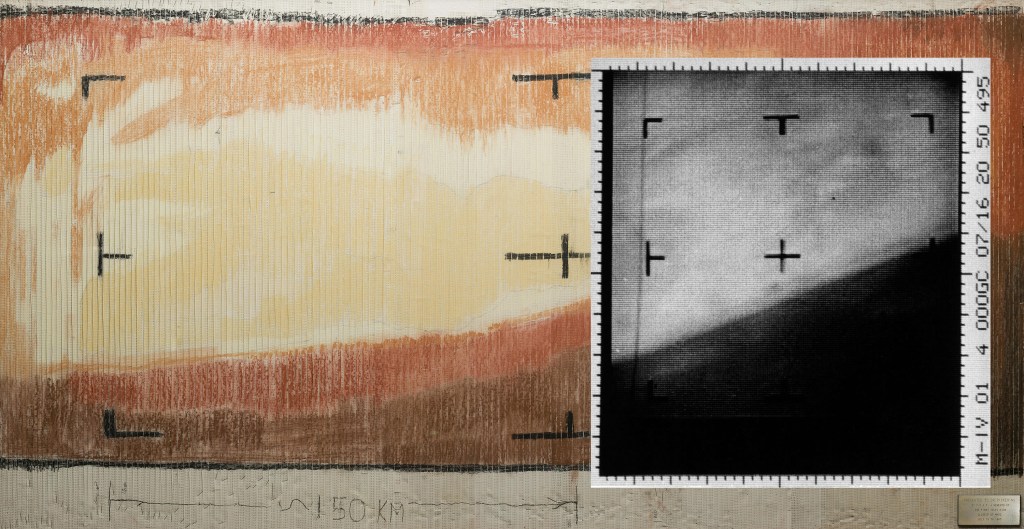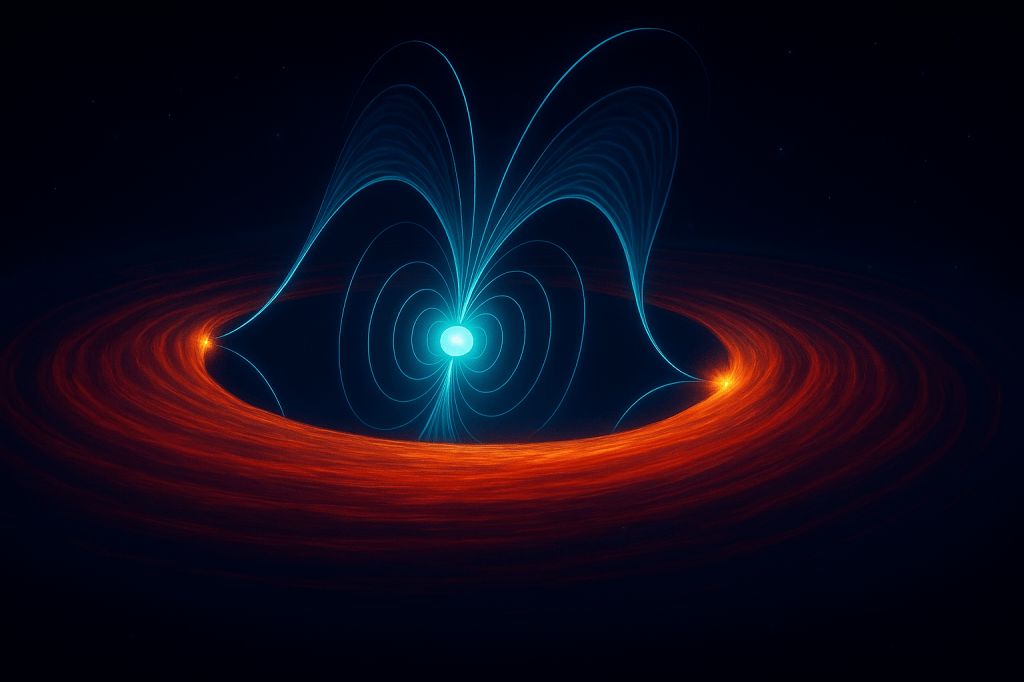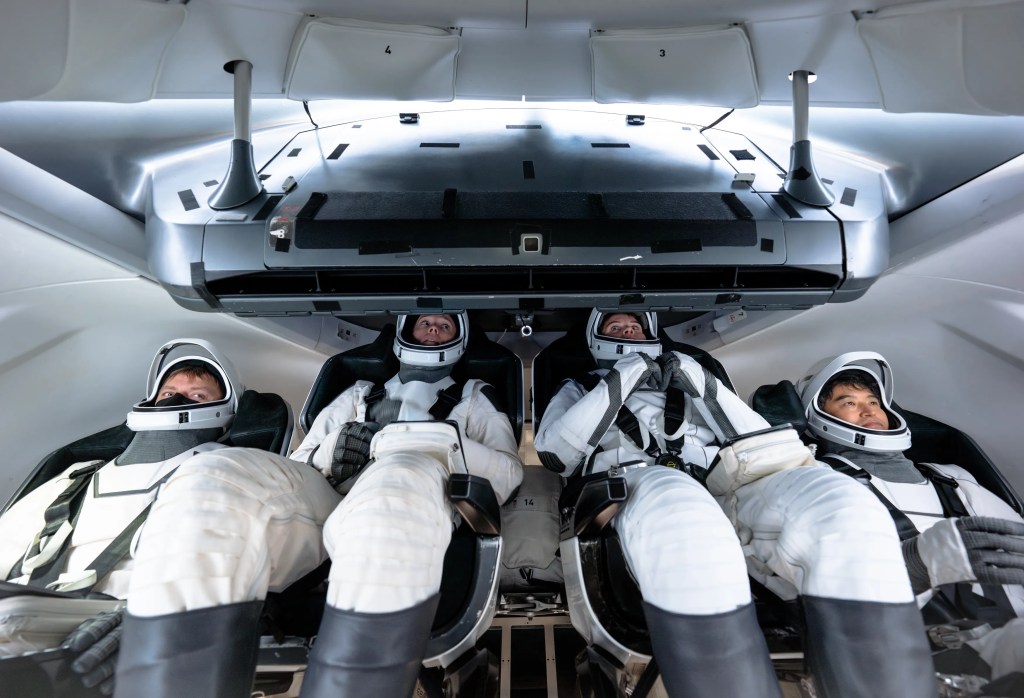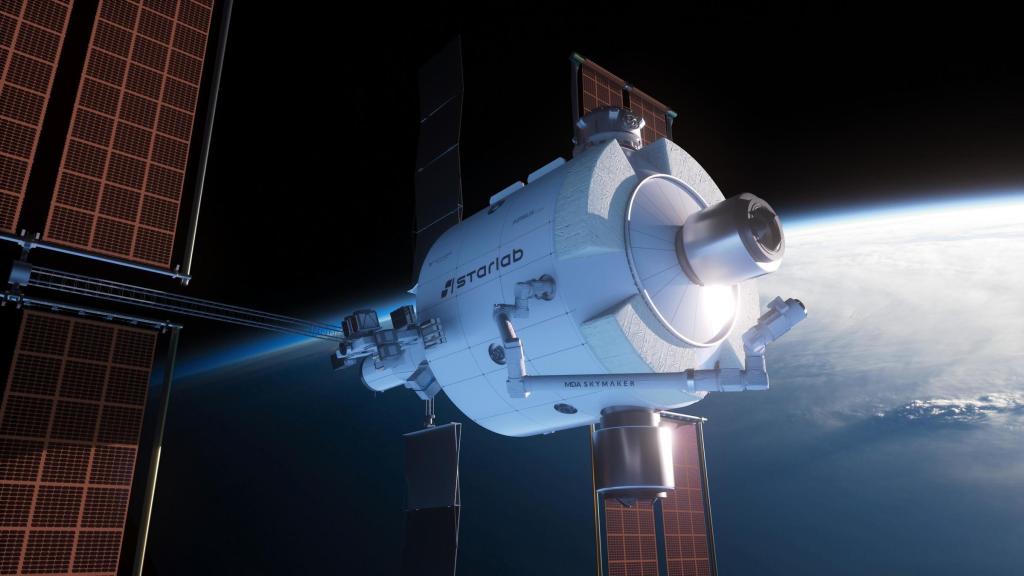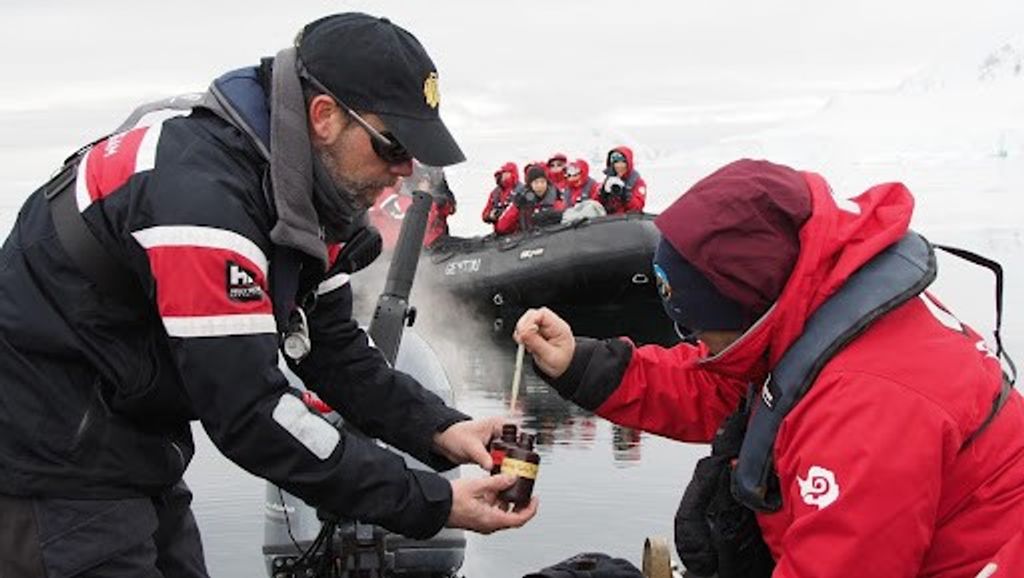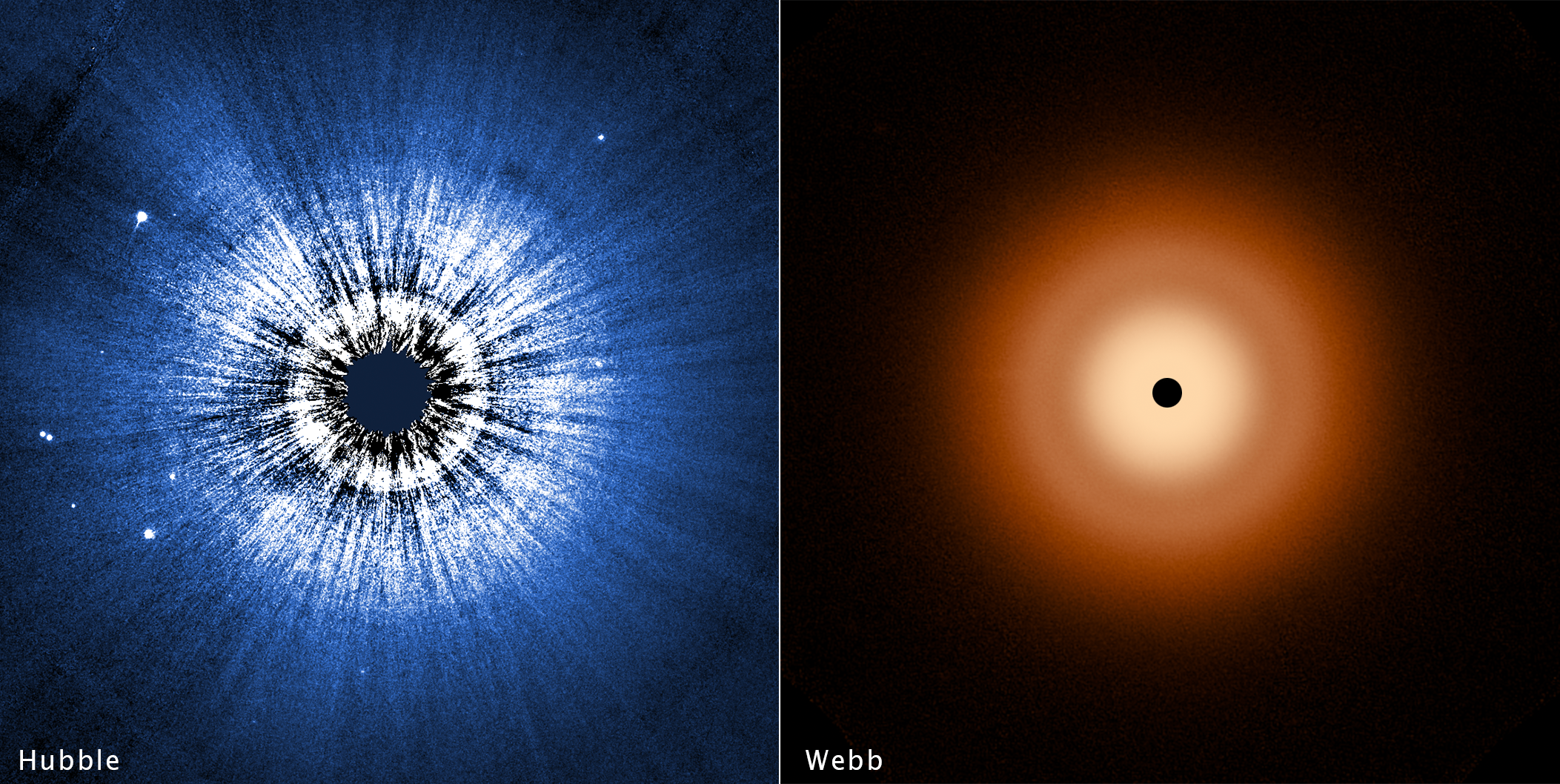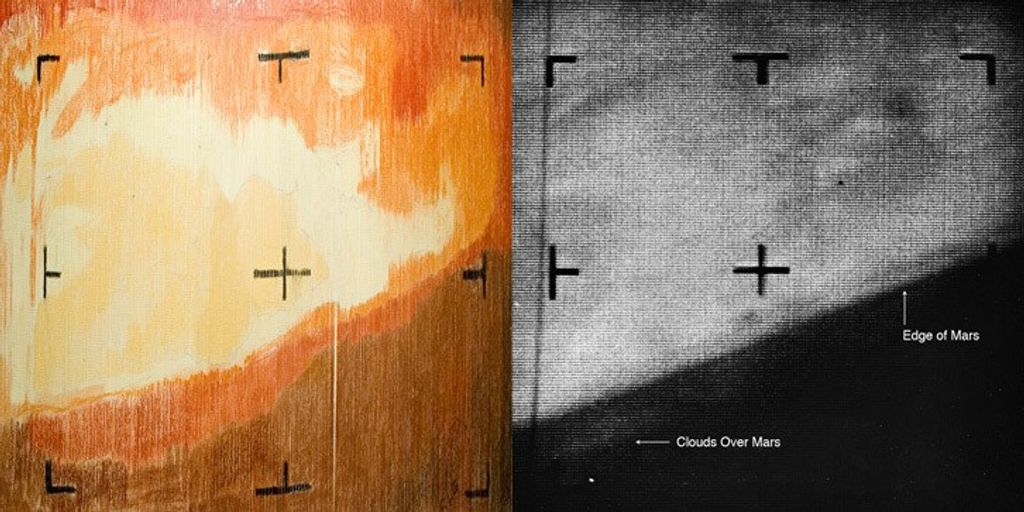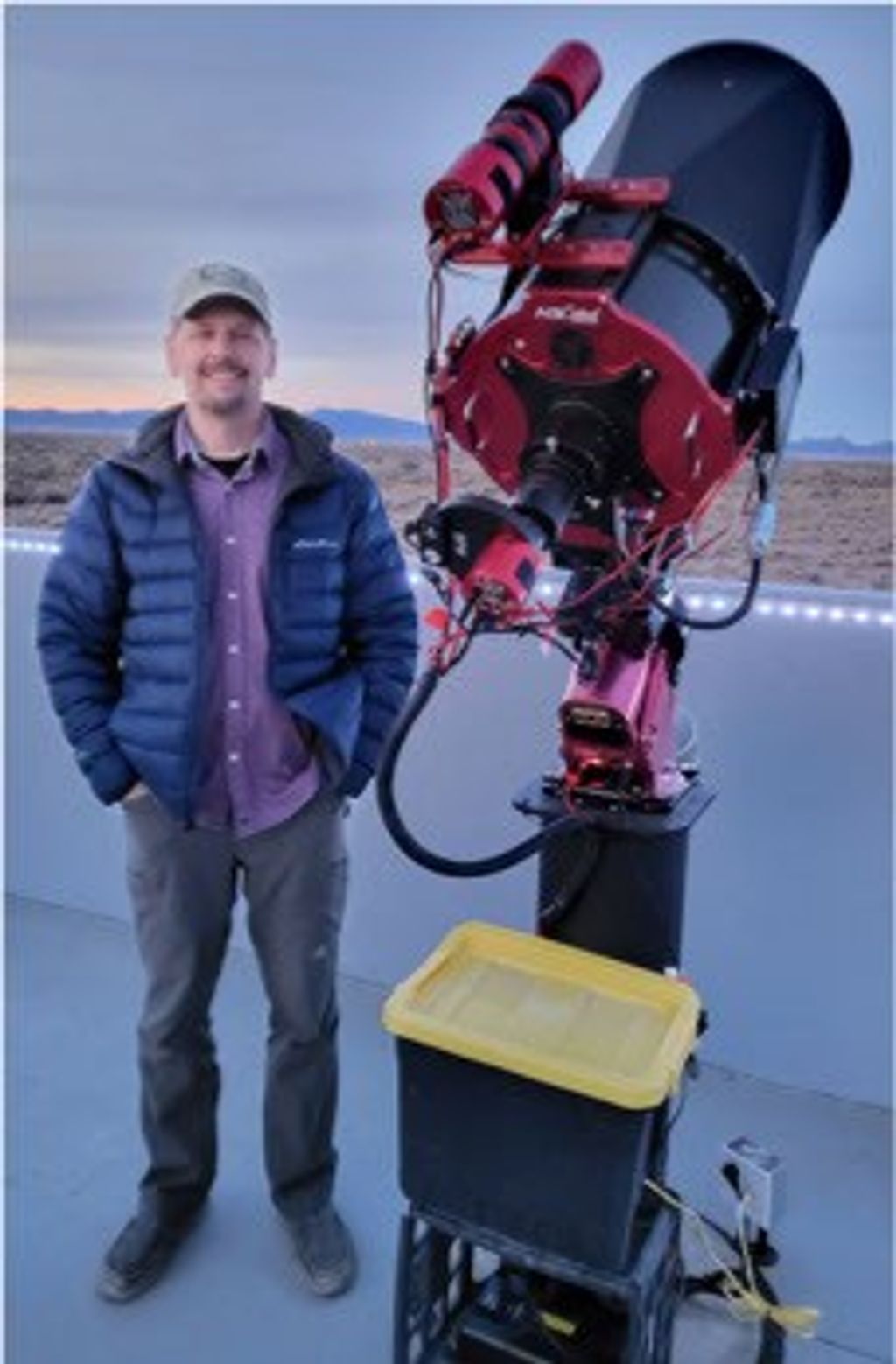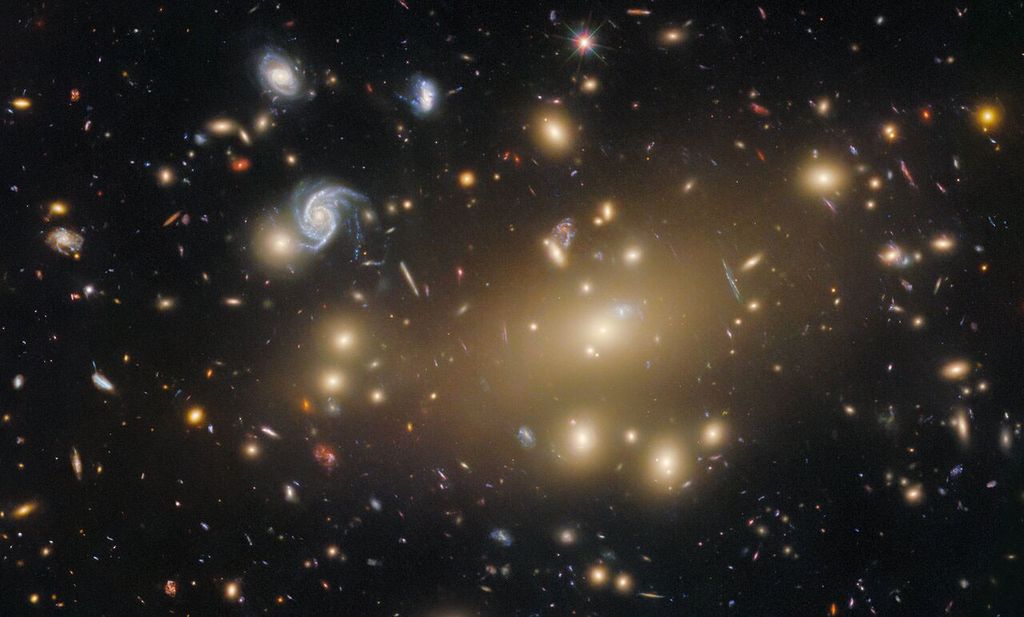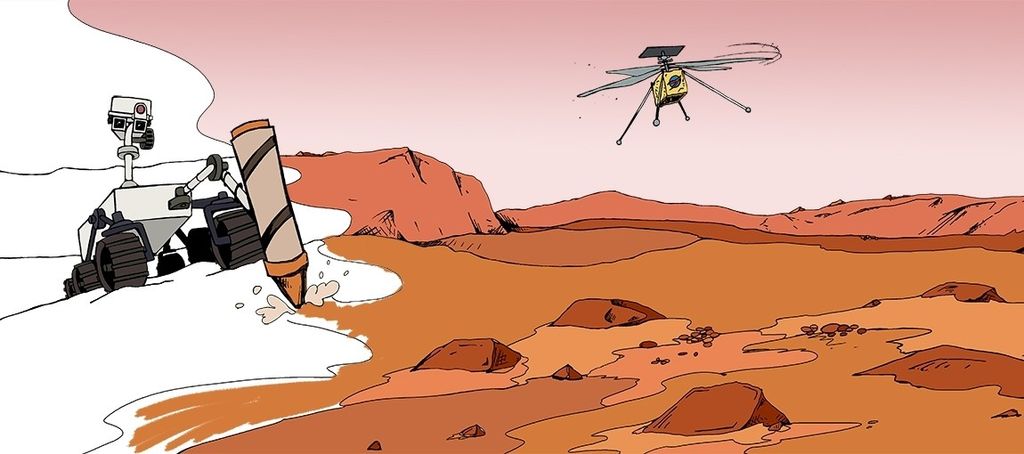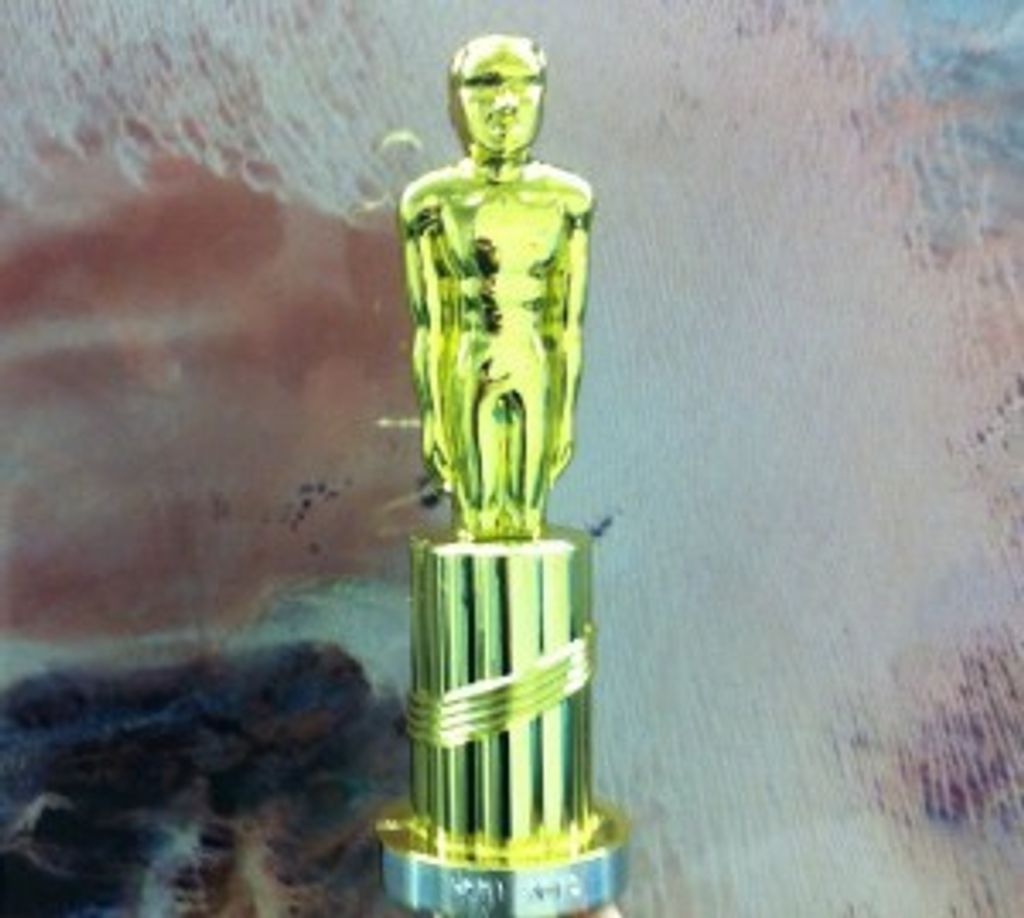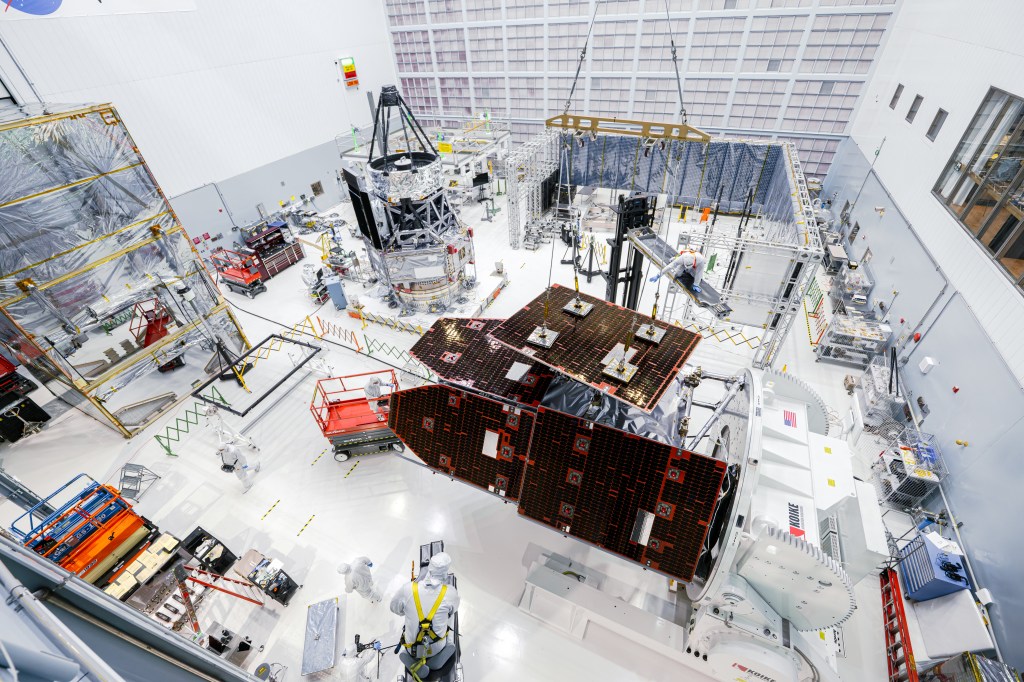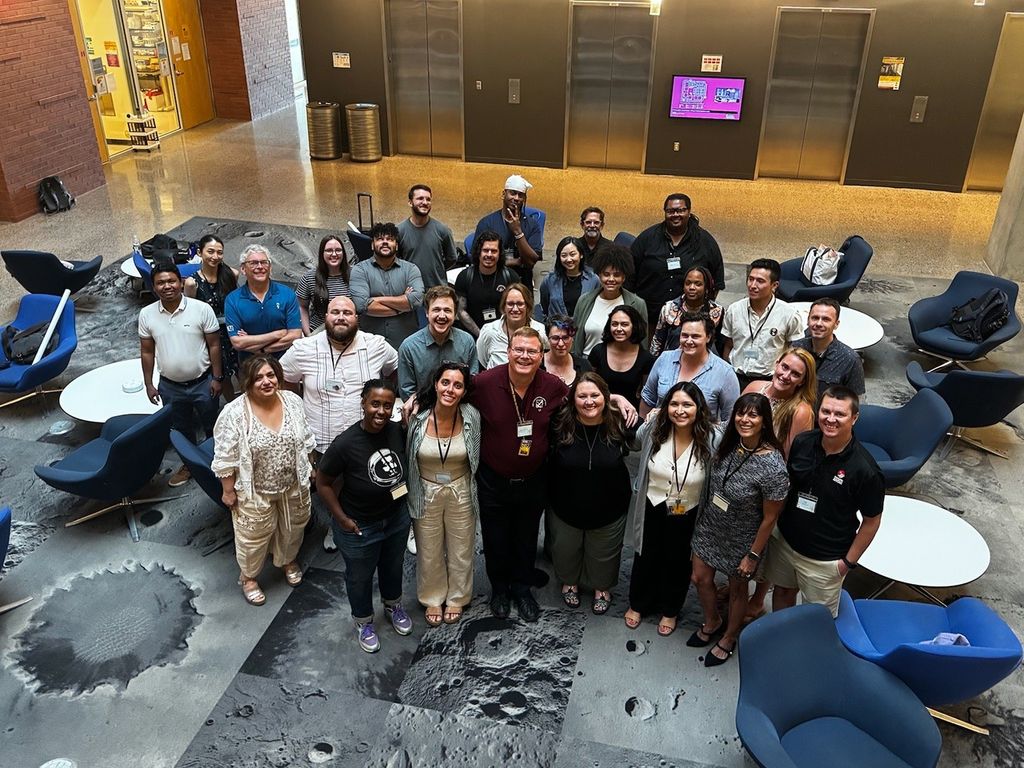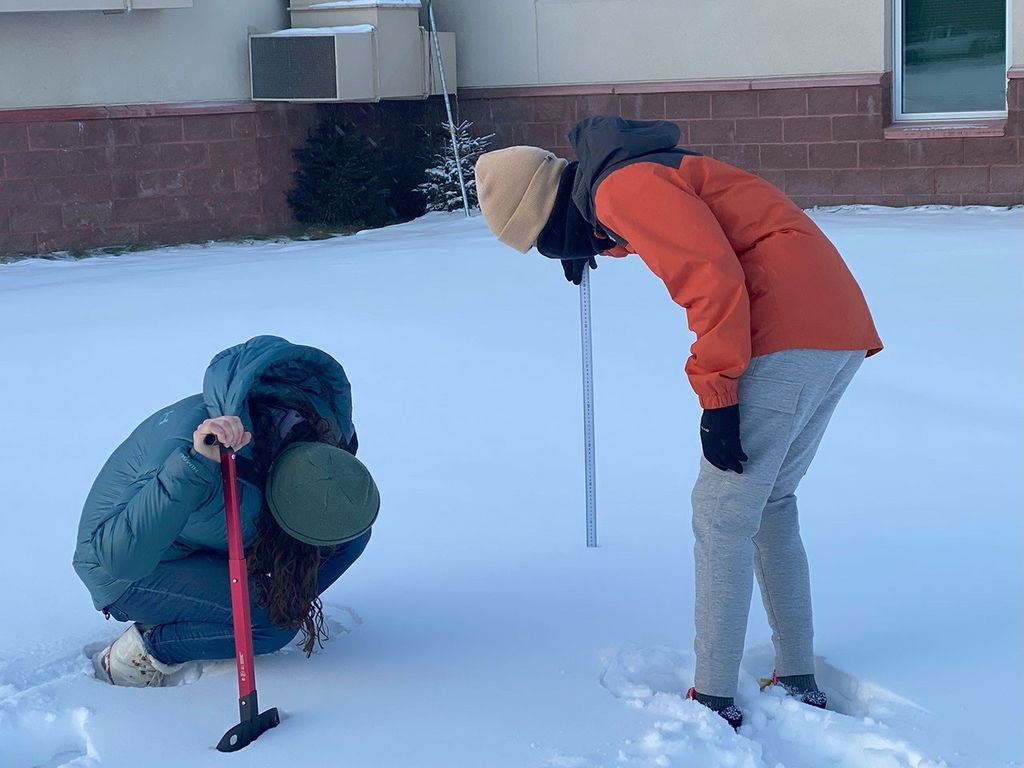In This Week’s Star
- Technicians Practice Lifting and Moving the SLS Engine Pathfinder
- Giant Black Hole Pair Photobombs Andromeda Galaxy
- Space Station Program Head Kirk Shireman Visits, Praises Marshall
- Marshall Team Members Lend a Hand During CFC Community Service Days
- Marshall Tree-lighting Festivities Kick Off 2017 Holiday Season
- This Week in NASA History: STS-88 Launches to ISS – Dec. 4, 1998
- Obituaries
Technicians Practice Lifting and Moving the SLS Engine Pathfinder
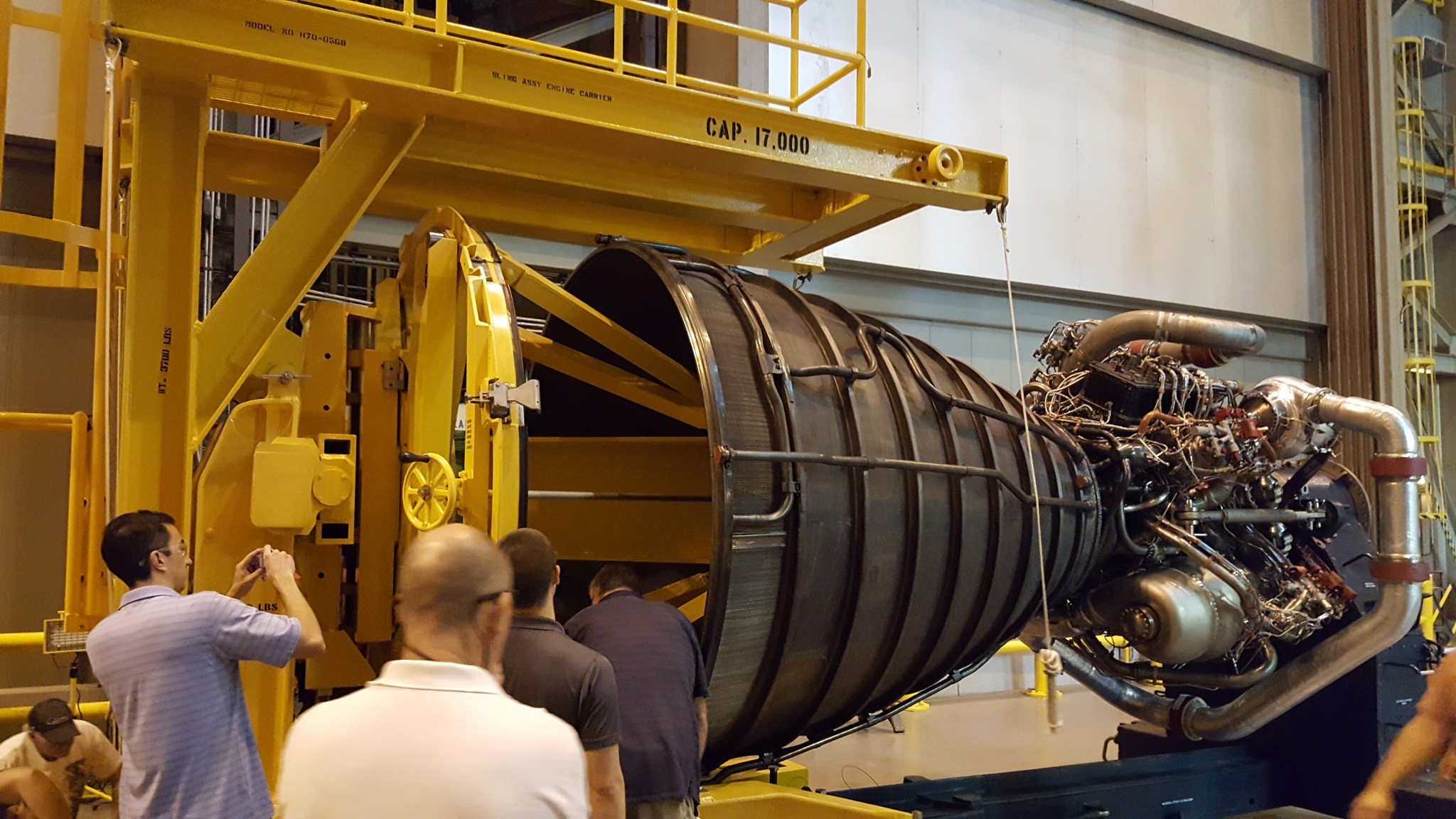
Technicians practice operations with the RS-25 pathfinder engine that recently arrived at NASA’s Michoud Assembly Facility. The pathfinder is the same size and shape as the four RS-25 flight engines that will provide thrust for NASA’s Space Launch System, the world’s most powerful rocket. SLS will launch NASA’s Orion spacecraft on a trajectory around the Moon followed by human missions to Mars and other destinations. The engine pathfinder provides “hands-on” training for technicians who will be transporting and handling flight engines. Like the pathfinder, the flight engines will be shipped from NASA’s Stennis Space Center to Michoud where they will be attached to the 212-foot-tall core stage, manufactured at Michoud. (NASA/MSFC/Michoud/Jude Guidry)
Giant Black Hole Pair Photobombs Andromeda Galaxy
It seems like even black holes can’t resist the temptation to insert themselves unannounced into photographs. A cosmic photobomb found as a background object in images of the nearby Andromeda galaxy has revealed what could be the most tightly coupled pair of supermassive black holes ever seen.
Astronomers made this discovery using X-ray data from NASA’s Chandra X-ray Observatory and optical data from ground-based telescopes — the Gemini Observatory’s North telescope in Hilo, Hawaii, and Caltech’s Palomar Transient Factory in California.
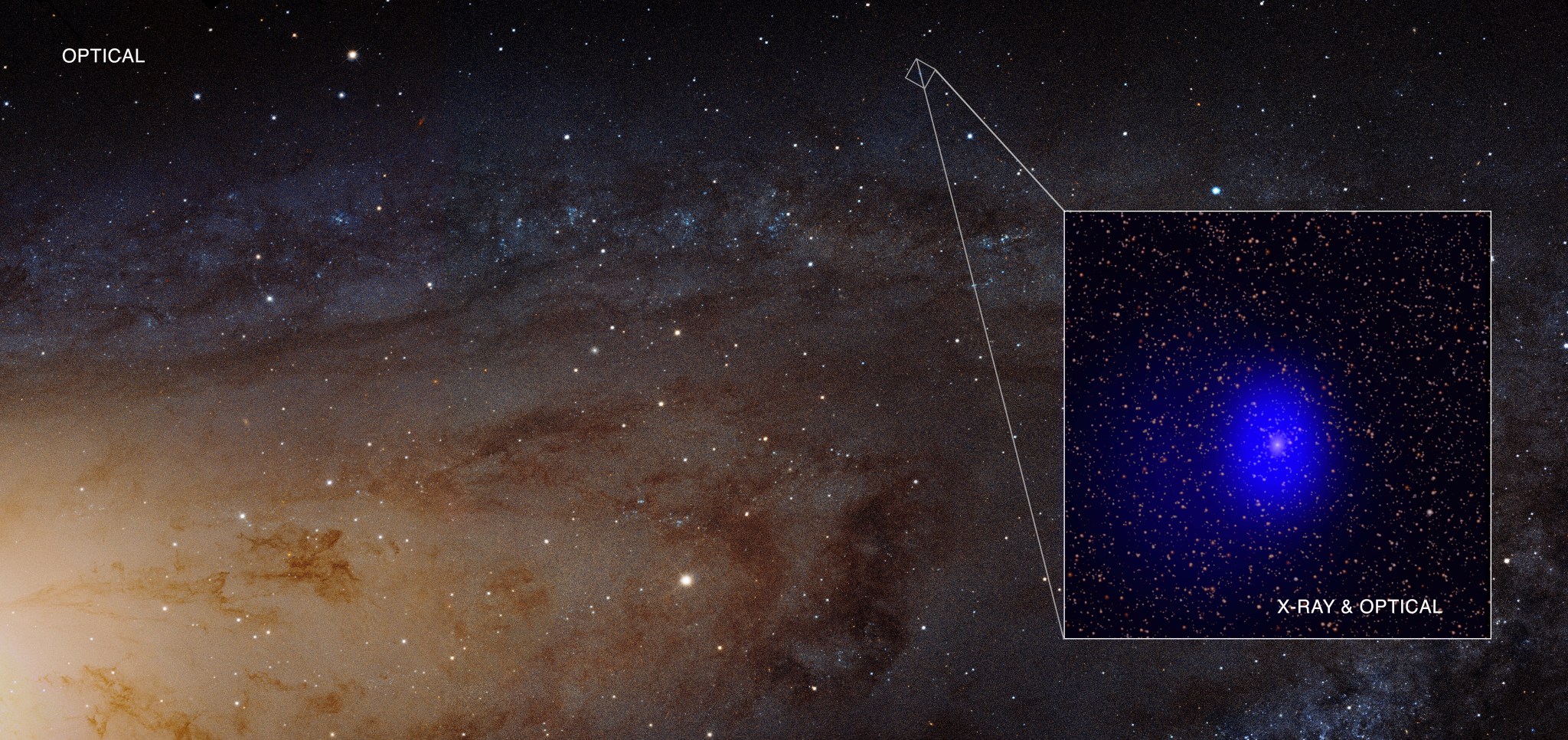
This graphic shows the Chandra data (blue in inset) of the source known as LGGS J004527.30+413254.3 (J0045+41 for short) in the context of optical images of Andromeda from the Hubble Space Telescope. In the inset image, north is up and in the large image north is to the lower right. Andromeda, also known as M31, is a spiral galaxy located about 2.5 million light years from Earth.
Even more intriguing than the large distance of J0045+41 is that it likely contains a pair of giant black holes in close orbit around each other. The estimated total mass for these two supermassive black holes is about two hundred million times that of our Sun.
J0045+41 was previously classified as a different type of object – a pair of orbiting stars – when it was thought to occupy Andromeda. A team of researchers combined the Chandra X-ray data with spectra from the Gemini North telescope in Hawaii, providing evidence that J0045+41 contained at least one supermassive black hole. Using data from the Palomar Transient Factory telescopes in California, the team found repeating variations in the light from J0045+41, a pointer to the presence of two orbiting giant black holes.
The researchers estimate that the two putative black holes orbit each other with a separation of only a few hundred times the distance between the Earth and the Sun. This corresponds to less than one hundredth of a light year. By comparison, the nearest star to our Sun is about four light years away.
Such a system could be formed as a consequence of the merger, billions of years earlier, of two galaxies that each contained a supermassive black hole. At their current close separation, the two black holes are inevitably being drawn closer together as they emit gravitational waves.
A paper describing this result was accepted for publication in November 20th issue of The Astrophysical Journal and a preprint is available online. NASA’s Marshall Space Flight Center in Huntsville, Alabama, manages the Chandra program for NASA’s Science Mission Directorate in Washington. The Smithsonian Astrophysical Observatory in Cambridge, Massachusetts, controls Chandra’s science and flight operations. Credits: X-ray: NASA/CXC/University of Washington/T. Dorn-Wallenstein et al.; Optical: NASA, ESA, J. Dalcanton et. al. and R. Gendler
This unusual source, dubbed J0045+41, was seen in optical and X-ray images of Andromeda, also known as M31. Until recently, scientists thought J0045+41 was an object within M31, a large spiral galaxy located relatively nearby at a distance of about 2.5 million light years from Earth. The new data, however, revealed that J0045+41 was actually at a much greater distance, around 2.6 billion light years from Earth.
“We were looking for a special type of star in M31 and thought we had found one,” said Trevor Dorn-Wallenstein of the University of Washington in Seattle, lead author of the paper describing the discovery, which is available online. “We were surprised and excited to find something far stranger!”
Even more intriguing than the large distance of J0045+41 is that it likely contains a pair of giant black holes in close orbit around each other. The estimated total mass for these two supermassive black holes is about 200 million times the mass of our Sun.
J0045+41 had to be either a binary system in M31 containing a neutron star or black hole that is pulling material from a companion — the sort of system Dorn-Wallenstein was searching for — or a much more massive and distant system that contains at least one rapidly growing supermassive black hole.
Observations from Gemini-North showed that J0045+41 must host at least one supermassive black hole and allowed the researchers to estimate the distance. The spectrum also provided possible evidence that a second black hole was present moving at a different velocity from the first, as expected if the two black holes are orbiting each other.
The team then used optical data from Caltech’s Palomar Transient Factory in California, to search for periodic variations in the light from J0045+41. They found several, including periods at about 80 and 320 days. The ratio between these periods matches that predicted by theoretical work on the dynamics of two giant black holes orbiting each other.
“This is the first time such strong evidence has been found for a pair of orbiting giant black holes,” said co-author Emily Levesque of the University of Washington.
NASA’s Marshall Space Flight Center manages the Chandra program for NASA’s Science Mission Directorate in Washington. The Smithsonian Astrophysical Observatory in Cambridge, Massachusetts, controls Chandra’s science and flight operations.
Space Station Program Head Kirk Shireman Visits, Praises Marshall
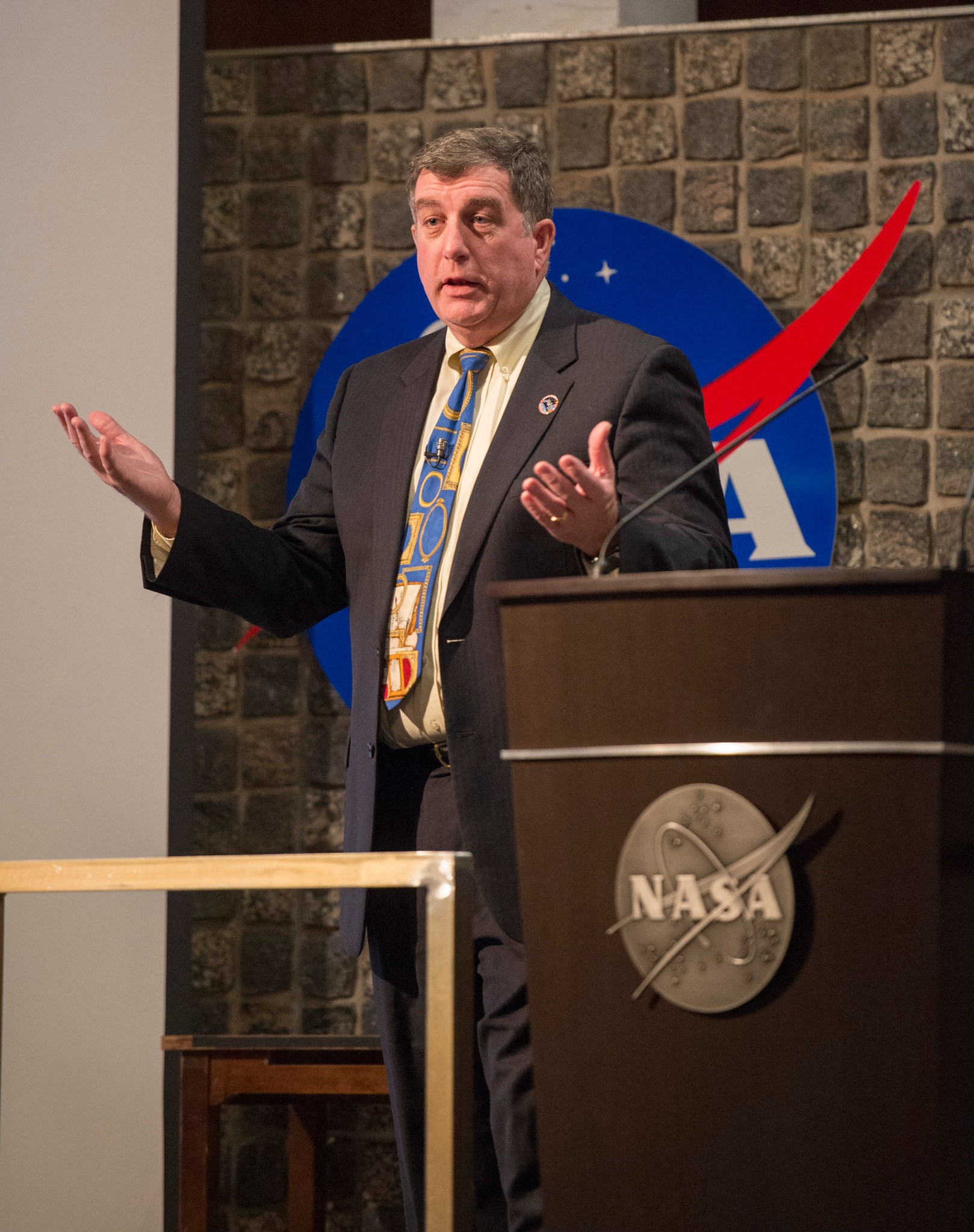
International Space Station Program Manager Kirk Shireman addresses station hardware and payload operations teams at NASA’s Marshall Space Flight Center Nov. 30. Shireman, who leads the program from NASA’s Johnson Space Center, joined Marshall Director Todd May and ISS Mission Operations Integration Manager Kenny Todd, also from Johnson, to tour the Payload Operations Integration Center in Building 4663, Environmental Control and Life Support System development facilities in Building 4755 and other Marshall sites that support Earth’s sole orbiting research platform. Shireman praised Marshall’s contributions — from developing and testing crucial hardware and equipment to continuously monitoring all science on station 24 hours a day, 365 days a year. “It’s all of you — what you do day in, day out — that makes us successful,” he said. (NASA/MSFC/Emmett Given)
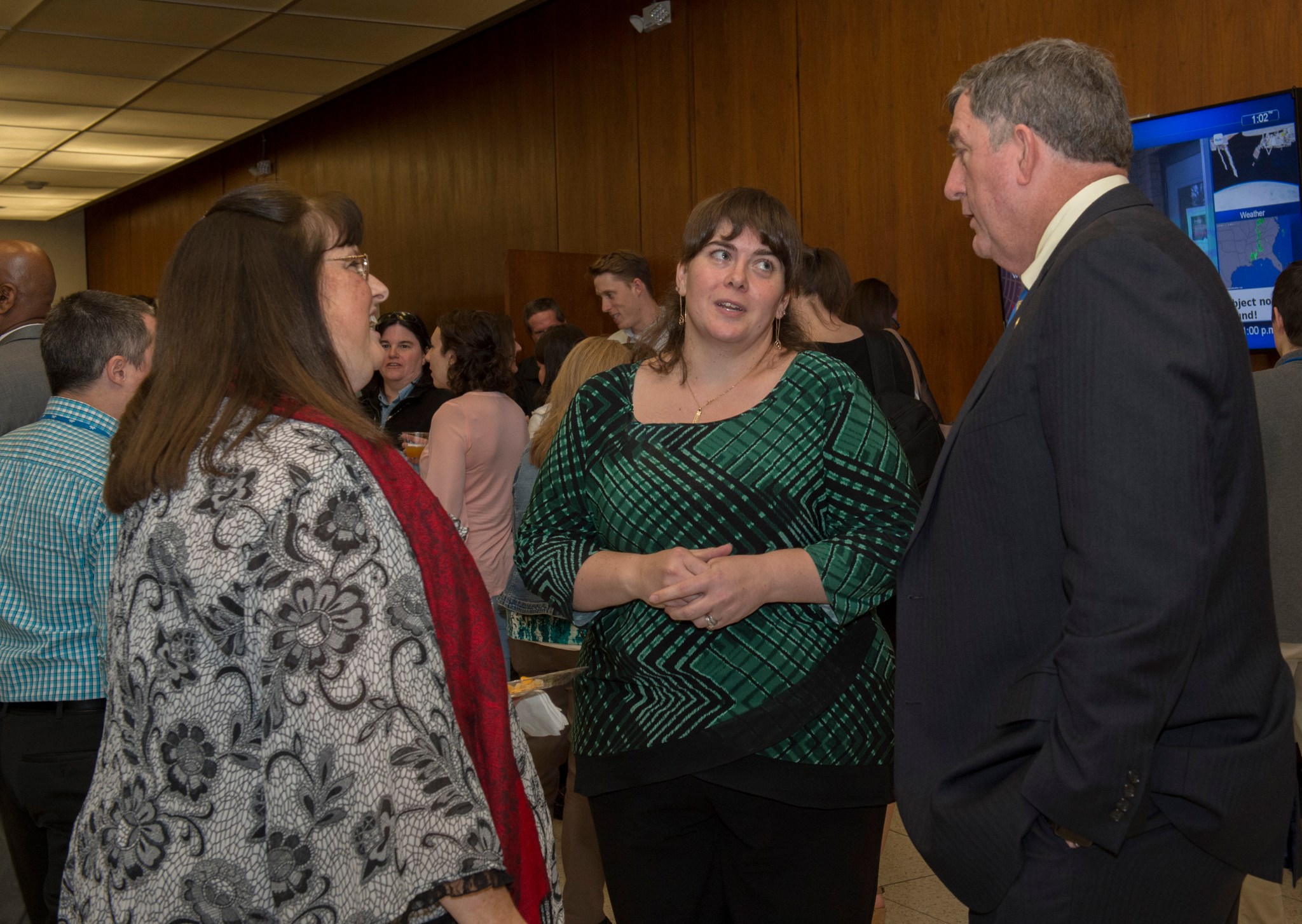
International Space Station Program Manager Kirk Shireman, right, chats with Victoria Stewart, center, a NASA management support assistant, and C.J. Marroquin, a contractor with Hanks, Hanks & Associates of Waldorf, Maryland, at a reception in the Building 4200 lobby following the Nov. 30 all-hands. Marroquin and Stewart both work in the ISS Payload and Mission Operations Division of Marshall’s Human Exploration Development and Operations Office. Their division manager, Daryl Woods, joined Shireman and Marshall Director Todd May to recognize Marshall team members who, in the past 18 months, completed certification to support key elements or areas of space station payload operations. (NASA/MSFC/Emmett Given)
Marshall Team Members Lend a Hand During CFC Community Service Days
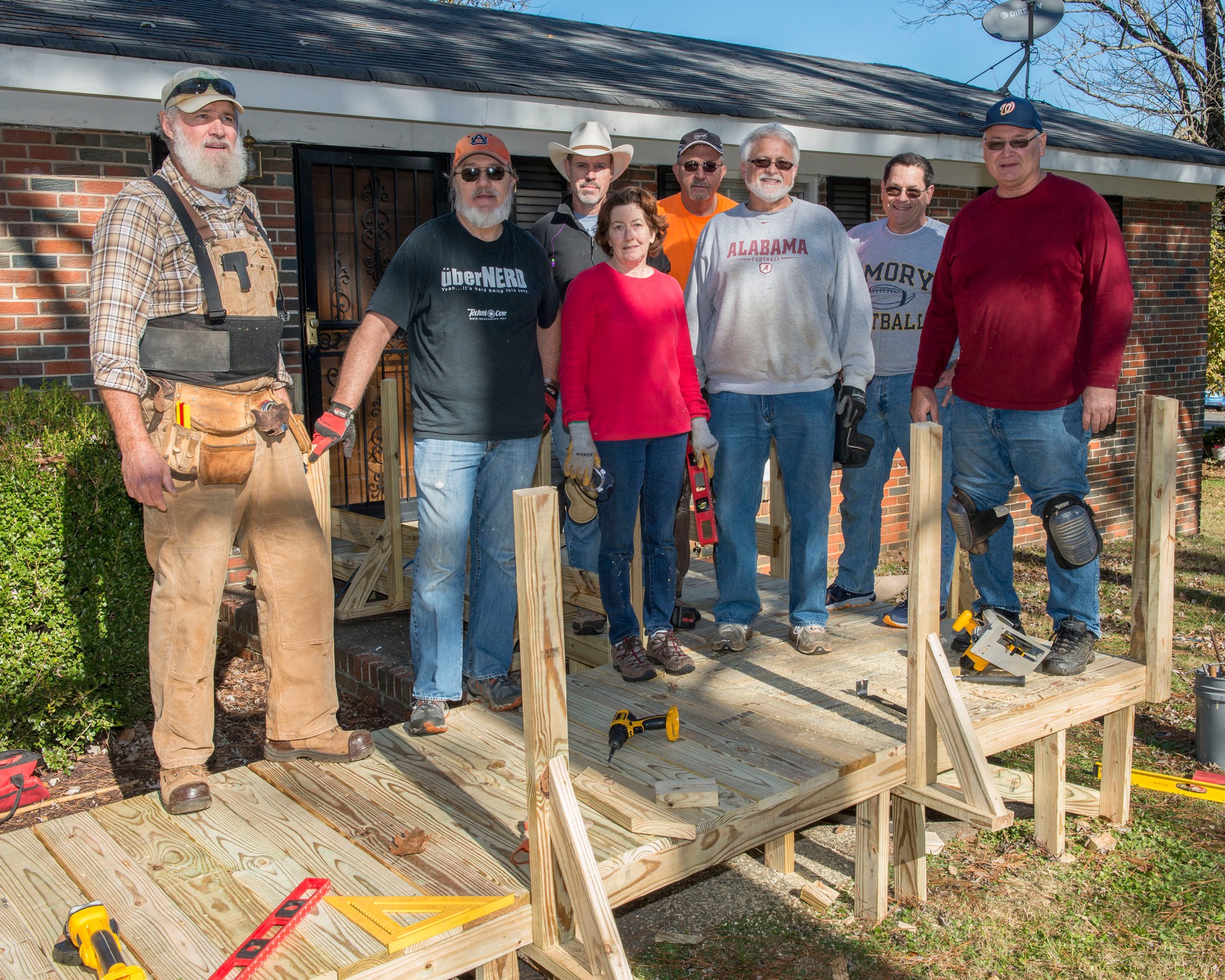
A group of NASA Marshall Space Flight Center team members volunteered Nov. 17 to build a wheelchair ramp at a Huntsville residence as part of the Combined Federal Campaign’s Community Service Days. The project was for the Care Assurance System for the Aging and Homebound, a Huntsville non-profit agency that provides needed services to aging and homebound individuals. Marshall team members, taking a short break from their building project, are, from left, Scott Stevens, Richard Robbins, Dan Adams, Donna Leach, Gary Humphrey, David Thaxton, Roy Malone and Farley Davis. (NASA/MSFC/Fred Deaton)
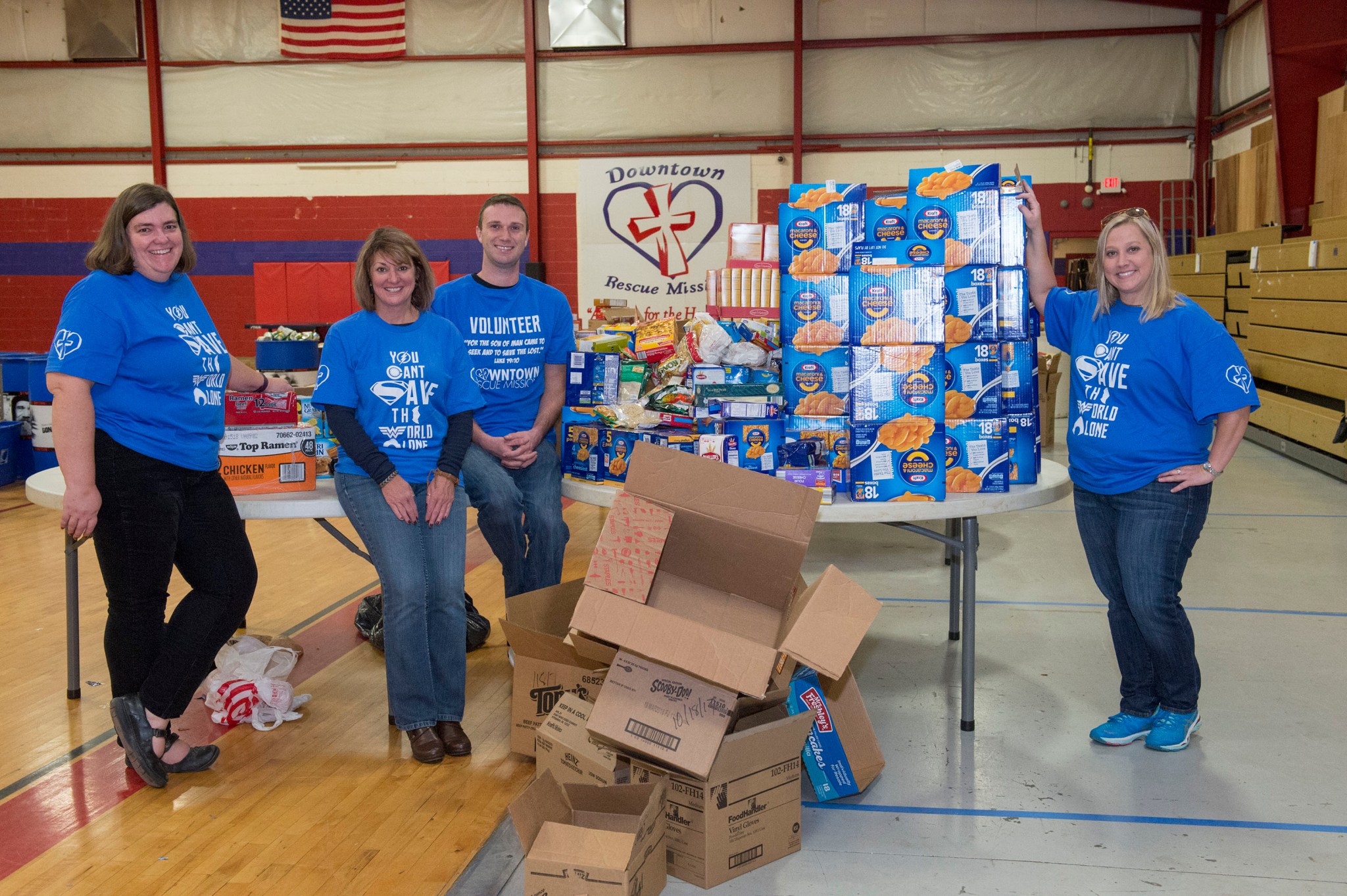
A group of Marshall team members recently volunteered at Huntsville’s Downtown Rescue Mission as part of the Combined Federal Campaign’s Community Service Days. From left, Marshall team members Patricia Currier, Tammy Rowan, Ryan Connelly and Julie Clift take a break from sorting food and clothing donations to the Downtown Rescue Mission, a non-profit organization committed to bringing hope to the hurting, hungry and homeless in the community. Community Service Days are part of Marshall’s effort to support the 2017 Tennessee Valley Combined Federal Campaign. There are still plenty of opportunities to volunteer or donate to a CFC-sponsored charity. For more information, click here. (NASA/MSFC/Emmett Given)
Marshall Tree-lighting Festivities Kick Off 2017 Holiday Season
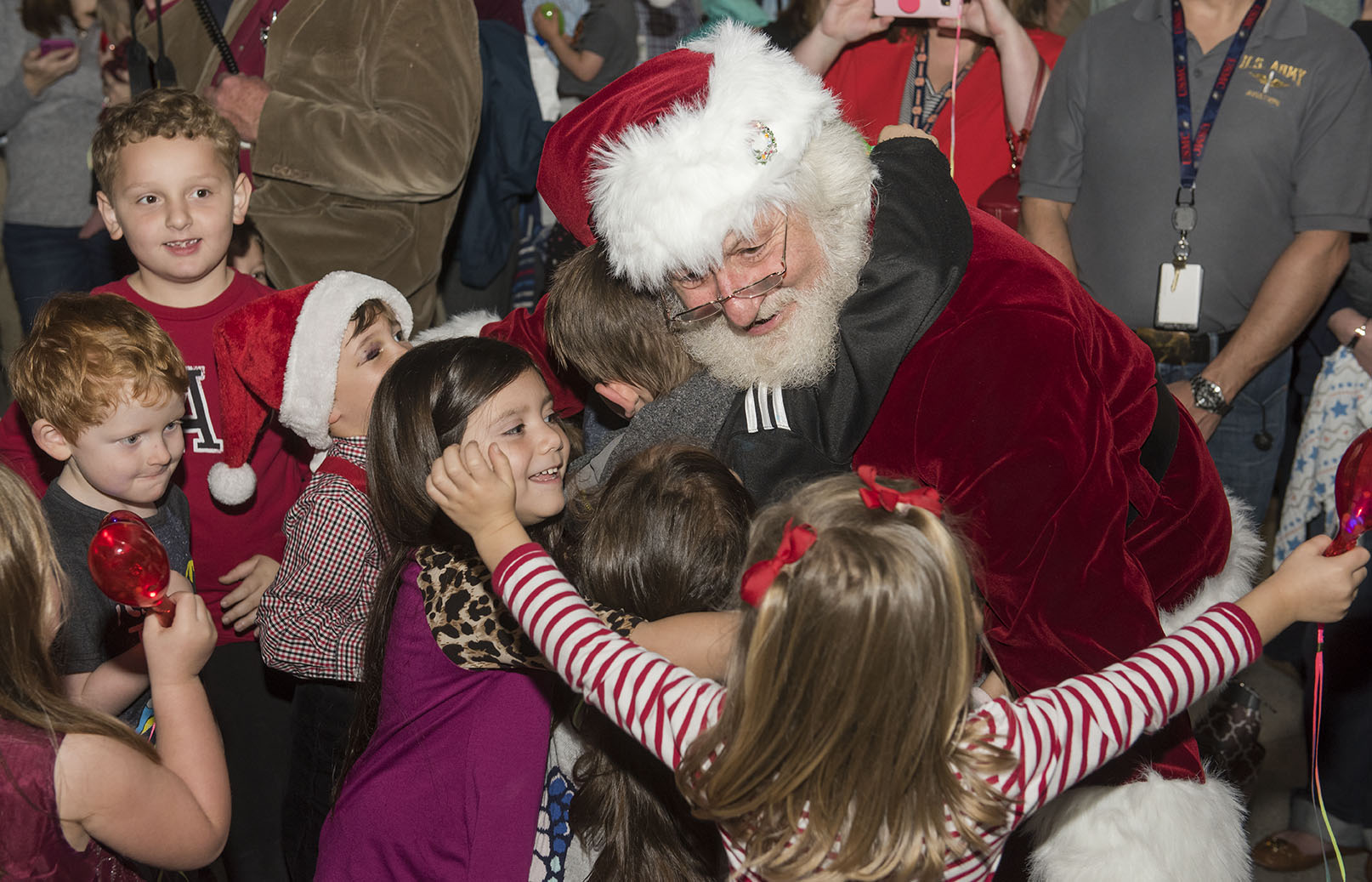
A group of children rush to hug Santa Claus Nov. 30 during NASA Marshall Space Flight Center’s holiday tree-lighting ceremony. Children from the Marshall Child Development Center treated the Marshall team to holiday songs and afterward visited with Santa in the lobby of Building 4200. (NASA/MSFC/Charles Beason)
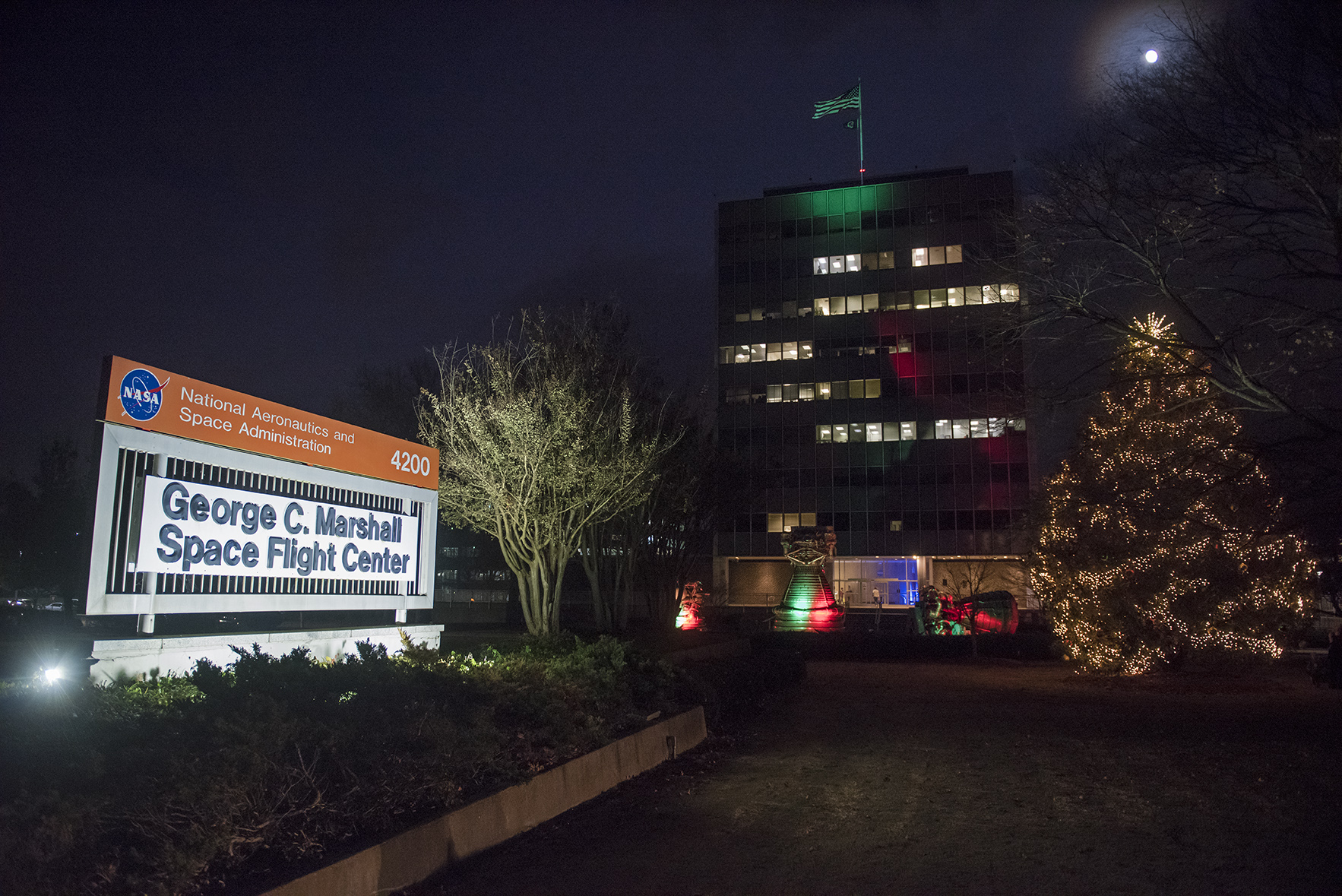
Marshall’s holiday tree was officially lit Nov. 30 during an event that featured opening remarks from Marshall Associate Director, Technical, Paul McConnaughey, holiday songs from children from the Marshall Child Development Center and a visit from Santa Claus. Marshall’s newly lit holiday tree stands just behind the iconic NASA rocket engines outside Building 4200. (NASA/MSFC/Charles Beason)
This Week in NASA History: STS-88 Launches to ISS – Dec. 4, 1998
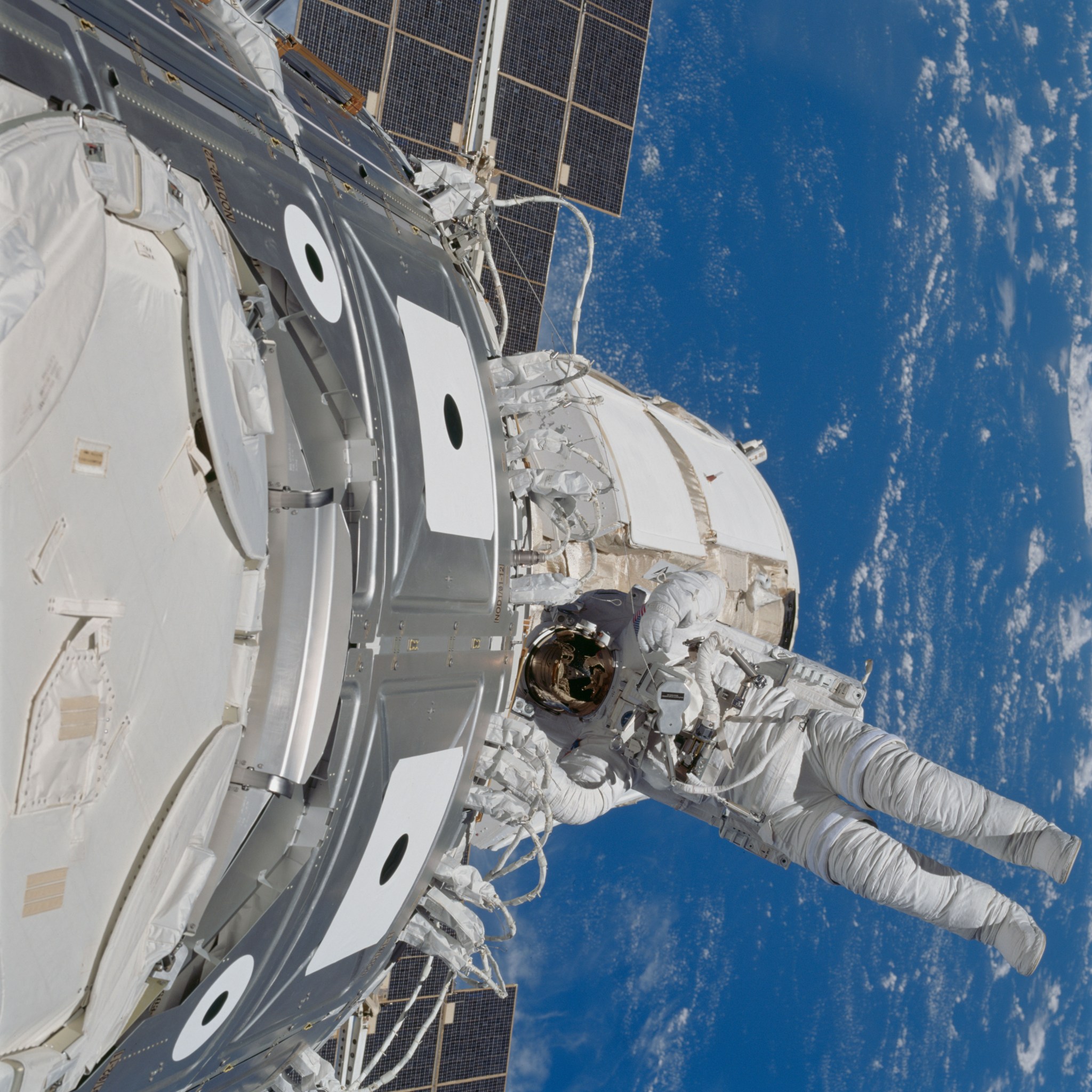
This week in 1998, STS-88 launched aboard the space shuttle Endeavour from NASA’s Kennedy Space Center. The mission marked the first International Space Station flight and was responsible for the mating of the Russian-built Zarya control module with the Unity node. The Unity node was built at Marshall Space Flight Center. Here, NASA astronaut James Newman works on wrap-up tasks during the final of three extravehicular activities. Today, the Payload Operations Integration Center at Marshall serves as “science central” for the space station, working 24/7, 365 days a year in support of the orbiting laboratory’s scientific experiments. The NASA History Program is responsible for generating, disseminating and preserving NASA’s remarkable history and providing a comprehensive understanding of the institutional, cultural, social, political, economic, technological and scientific aspects of NASA’s activities in aeronautics and space. For more pictures like this one and to connect to NASA’s history, visit the Marshall History Program’s webpage. (NASA)
Obituaries
James O. Lysaght, 91, of Huntsville, died Dec. 1. He retired from the Marshall Center in 1984 as an aerospace engineer. He is survived by his wife, Mary J. Lysaght.


